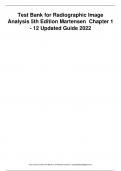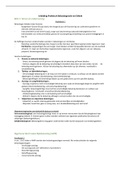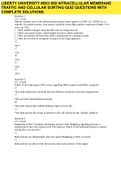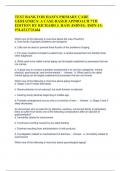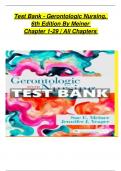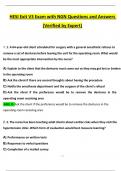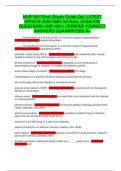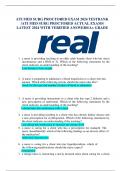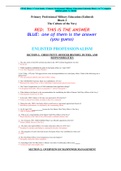Exam (elaborations)
Complete Test Bank Radiographic Image Analysis 5th Edition Martensen Questions & Answers with rationales (Chapter 1-12)
- Course
- Institution
- Book
Radiographic Image Analysis 5th Edition Martensen Test Bank Complete Test Bank Radiographic Image Analysis 5th Edition Martensen Questions & Answers with rationales (Chapter 1-12) PDF File All Pages All Chapters Grade A+ GRADEXAM This is NOT a book! This is a Test Bank (Study Questions) to help ...
[Show more]
